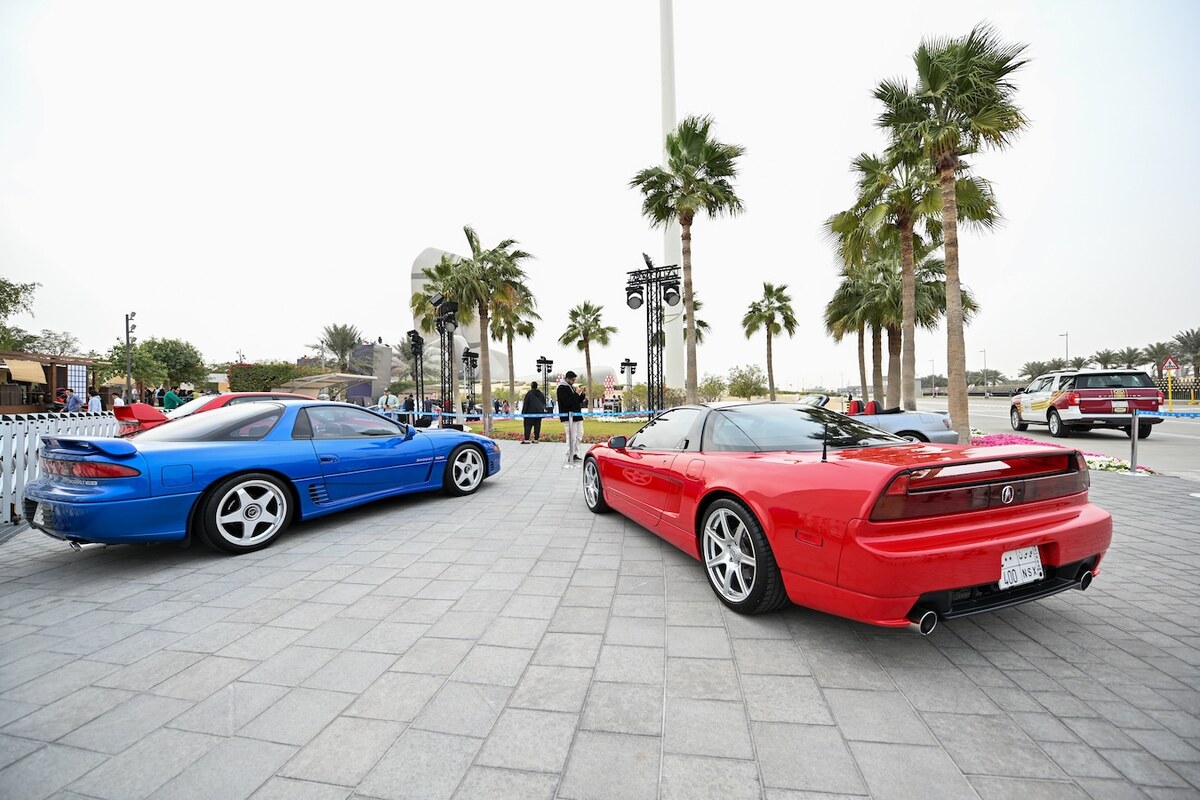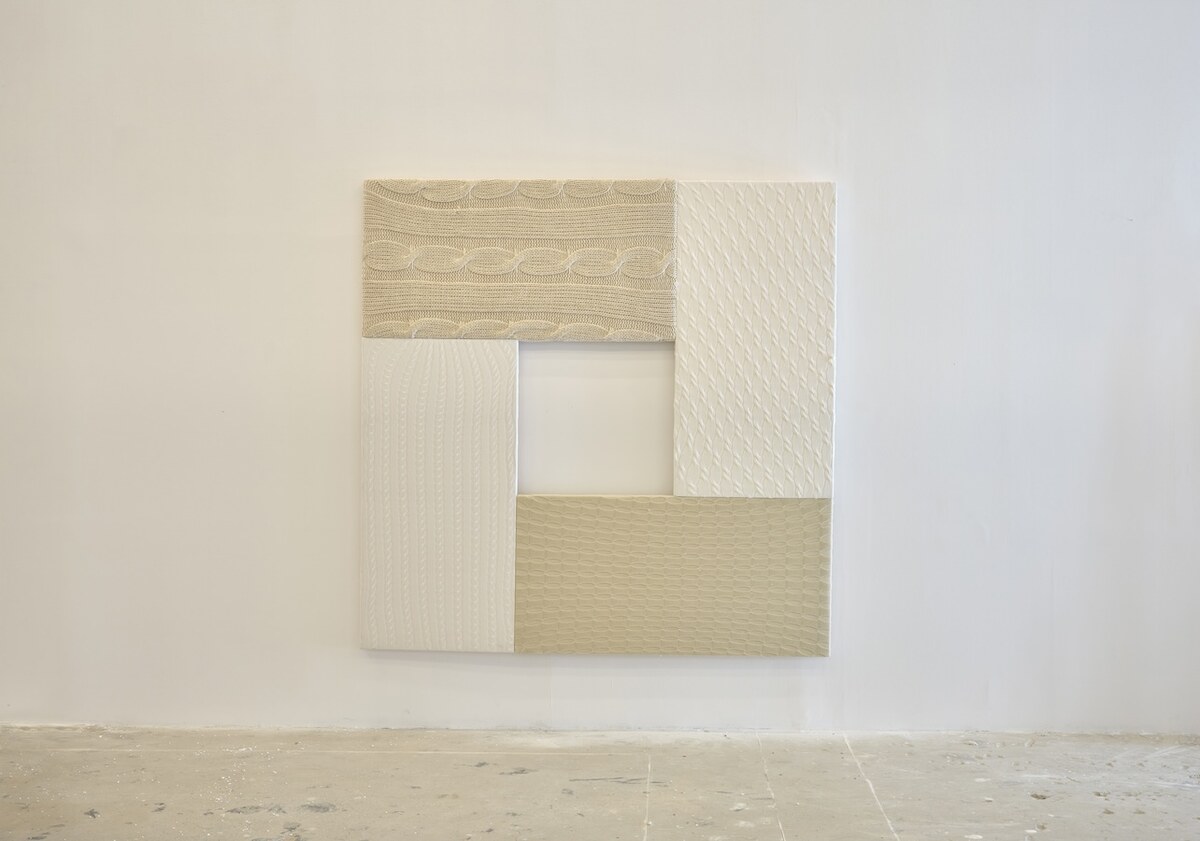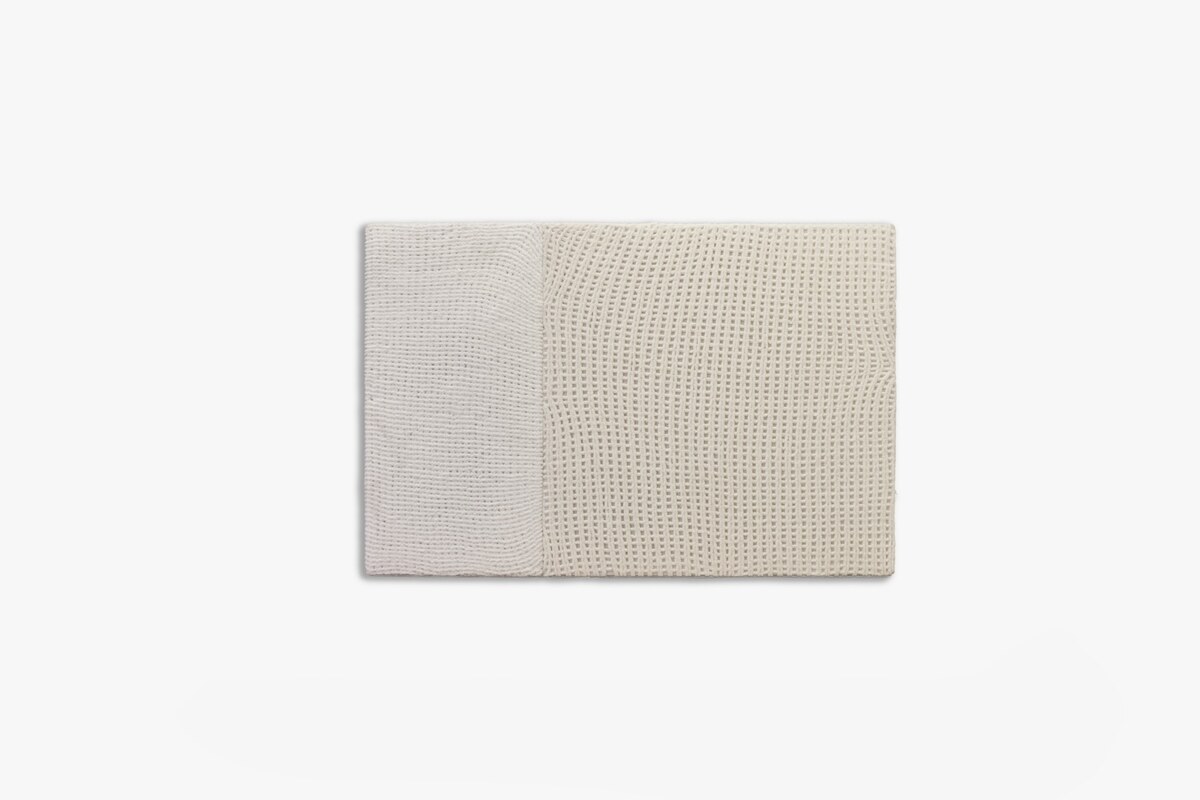MARRAKECH, Morocco: In the early days of Sudan’s 2019 revolution, Shajjane Suliman brought sandwiches, coffee and mint tea to demonstrations in closed-off sections of Khartoum. But as hope made way for despair, she decided more than food was needed to nourish the movement.
Public outcry had sprung up against Sudan’s longtime military dictator and his mismanagement of the country’s economy. Throughout months of demonstrations, hundreds were killed or injured by security forces suppressing protests.
So Suliman donned a gas mask and headed to the streets carrying posters adorned with lines like, “Souls cannot be killed, let alone ideas.”
A continent away, filmmaker Hind Meddeb was finishing “Paris Stalingrad,” a documentary about the plight of refugees living in encampments near the edge of the French capital. Sudanese refugees encouraged her to go to Khartoum and film their nascent revolution.
Such is the origin story of “Sudan, Remember Us,” Meddeb’s 75-minute documentary being shown in competition at the Marrakech Film Festival this week after screening at festivals in Venice and Toronto.
Sudan, a predominantly Arab country on the edge of sub-Saharan Africa, descended into civil war in 2023, as fighting erupted between the military and a paramilitary group known as the Rapid Support Forces that grew out of Darfur’s notorious Janjaweed militia.
Though estimates are difficult to come by, at least 24,000 people have been killed and millions displaced in a conflict that has largely been eclipsed in the world’s attention by wars in the Middle East and Ukraine.
To Suliman, who ended up as one of its protagonists, the documentary’s purpose is similar to what she wrote on a poster five years ago: an effort to motivate a despairing public years after revolution failed to cement civilian rule.
The revolution, she said, felt like “a piece of heaven” despite the violence, full of music, poetry and optimism about Sudan’s future.
“Everyone forgot or lost hope,” Suliman said in an interview with The Associated Press. “It’s different for us now than when the revolution started. We were together so it was easy. Now we need to change how we want to continue.”
“Sudan, Remember Us” begins with a series of voice messages to Meddeb from April 2023, the month that civil war broke out. Activists describe their feelings of shock and disbelief about how what UN officials have called a “forgotten war” has ruined life and made their country unrecognizable.
Mostly, it brings viewers to 2019, the year that Sudan’s military ousted President Omar Al-Bashir, paving the way for power-sharing and a short-lived transitional government led by generals and civilians.
Largely shot on a handheld camera in a country that has at times blocked the Internet, banned foreign news channels and arrested its own journalists, the movie is both a story of collective hope and a feat of reportage.
Meddeb’s observational approach and lingering on poems differs from gripping streaming-friendly protest documentaries such as Jehane Noujaim’s “The Square” (2013), Evgeny Afineevsky’s “Winter on Fire” (2015) or Kiwi Chow’s “Revolution of Our Times” (2021). She captures a revolution documentary’s requisite images — the chaos and terror as well as solidarity and joy of demonstrators facing off against security forces.
But the movie aims for a different kind of storytelling.
A former France 24 journalist, Meddeb gravitated toward documentary for the breathing room it offered to let stories unfold in an unpredictable way, she said in an interview.
“It’s a very spontaneous film. I was diving into what was happening and and filming what was inspiring me,” she said at the Marrakech Film Festival.
What she found and was inspired by was a country described as a “land of literature” and a revolution in which women played a central role.
The protests rendered in the documentary pulsate with drums beating at marches and through the rhythm of poems recited at sit-ins. Meddeb takes the audience from phone camera-filmed street fighting to underground cafes to the Nile River as young people discuss their hopes for Sudan.
“The revolution was a time of beautiful feelings and projects,” one woman says after security forces killed more than 100 people in a June 2019 massacre. “It made you want to take part. A painting, a poem, anything to bring people together.”

























